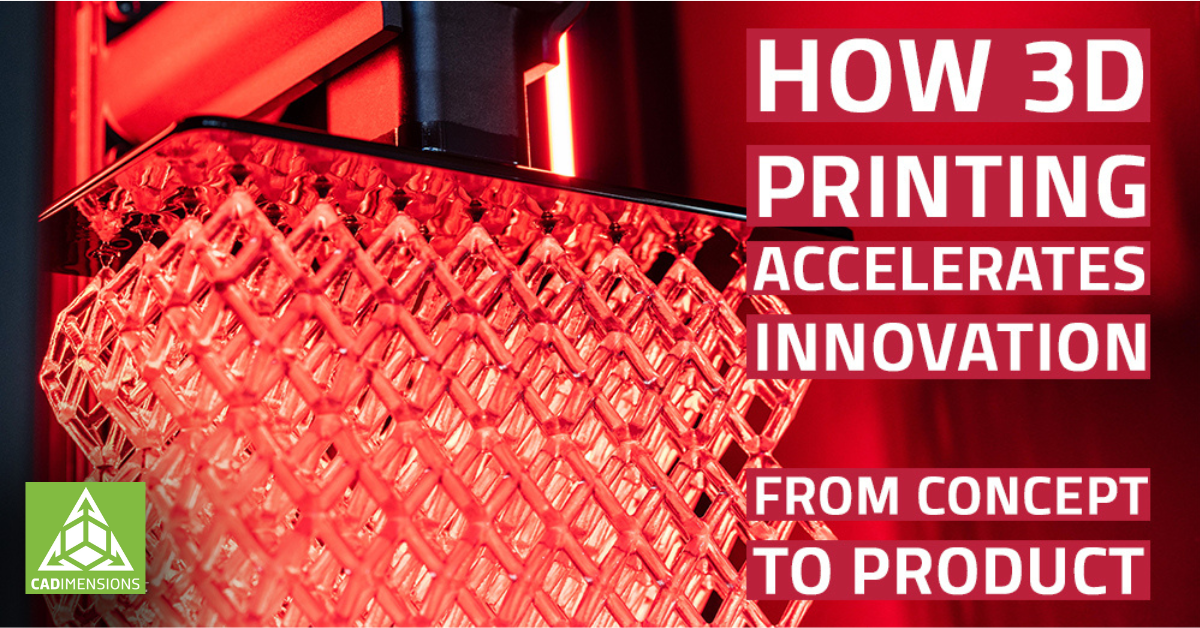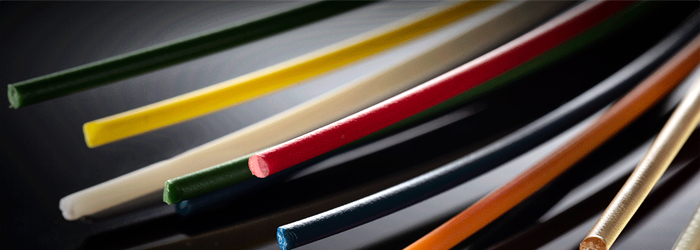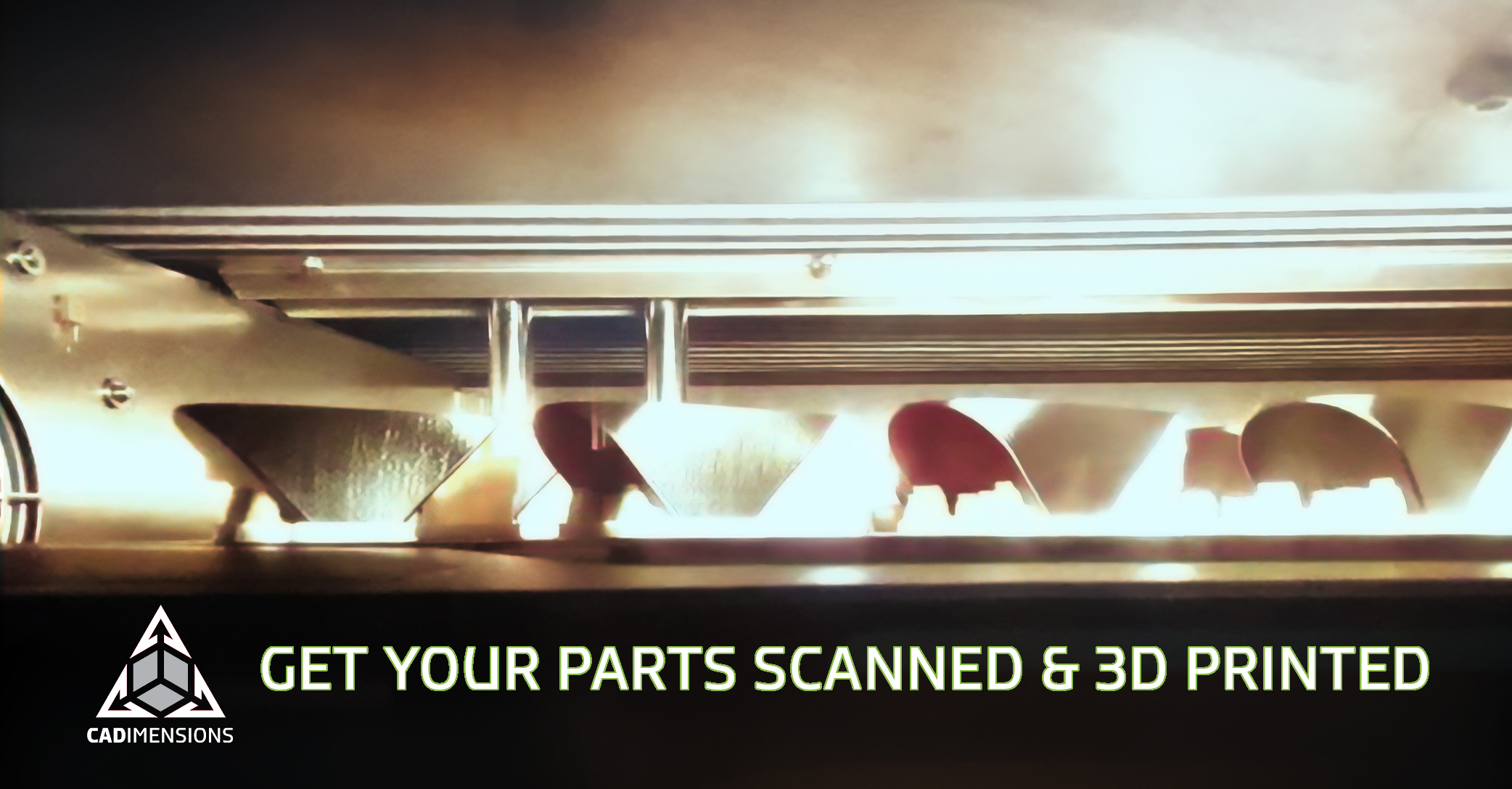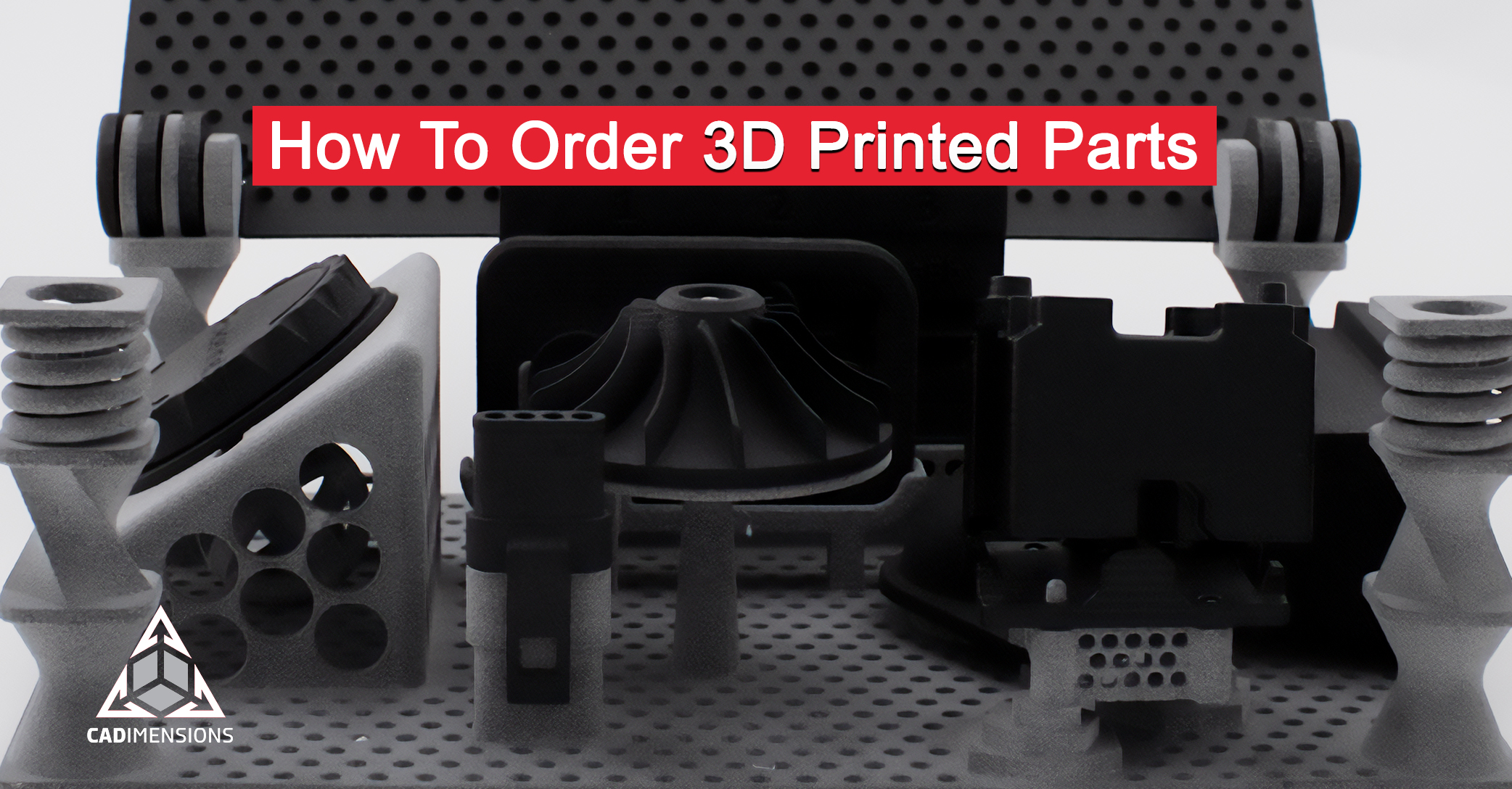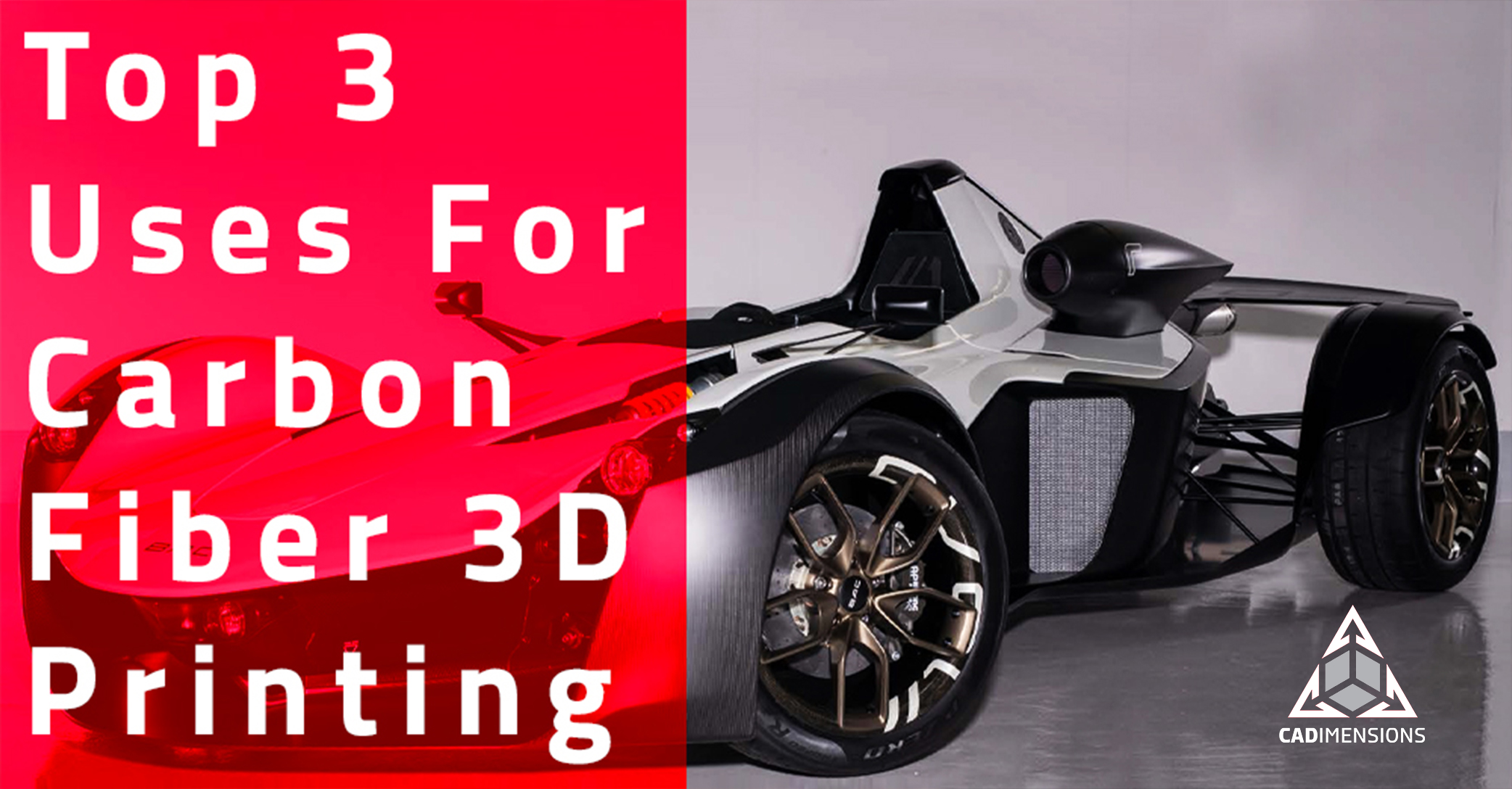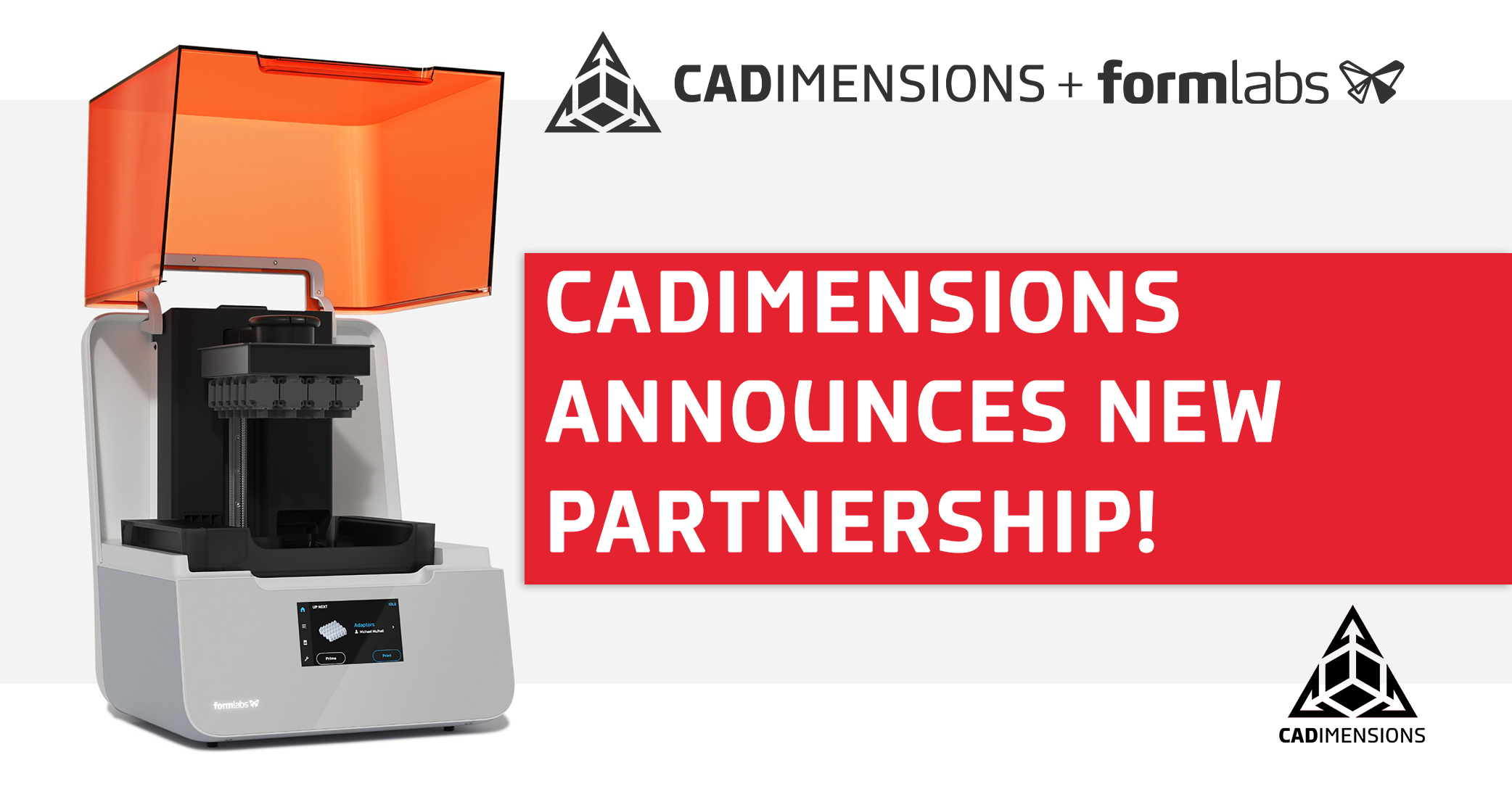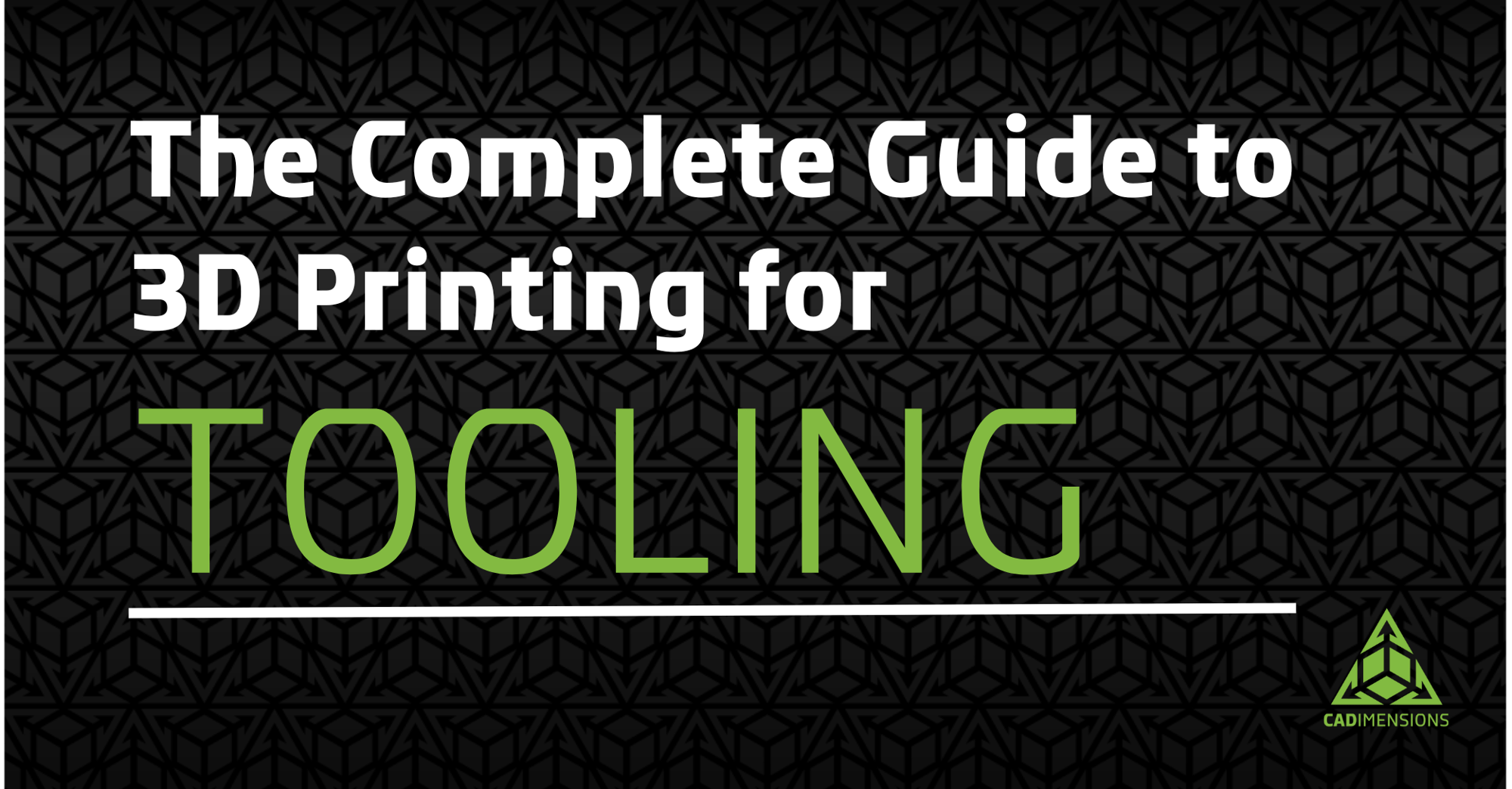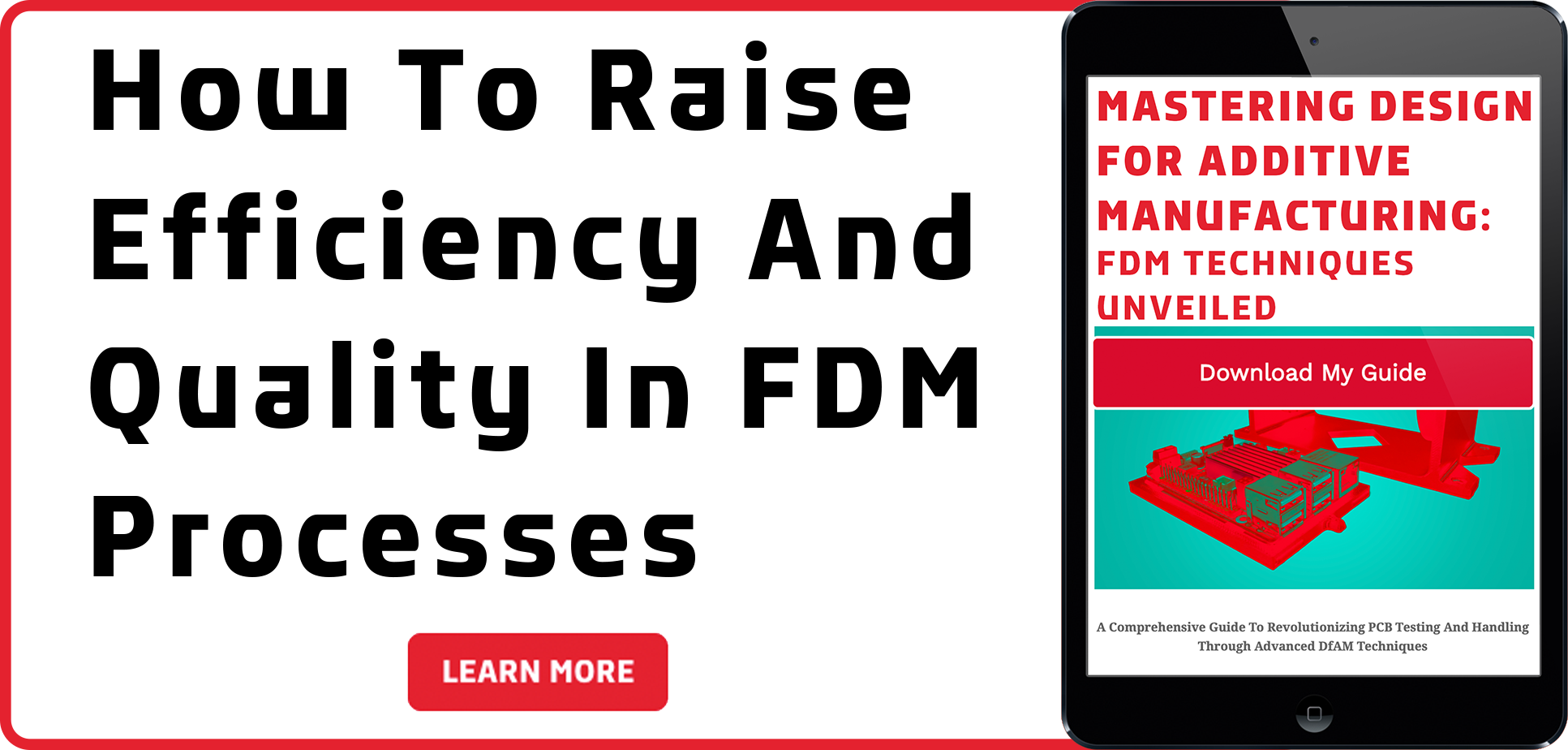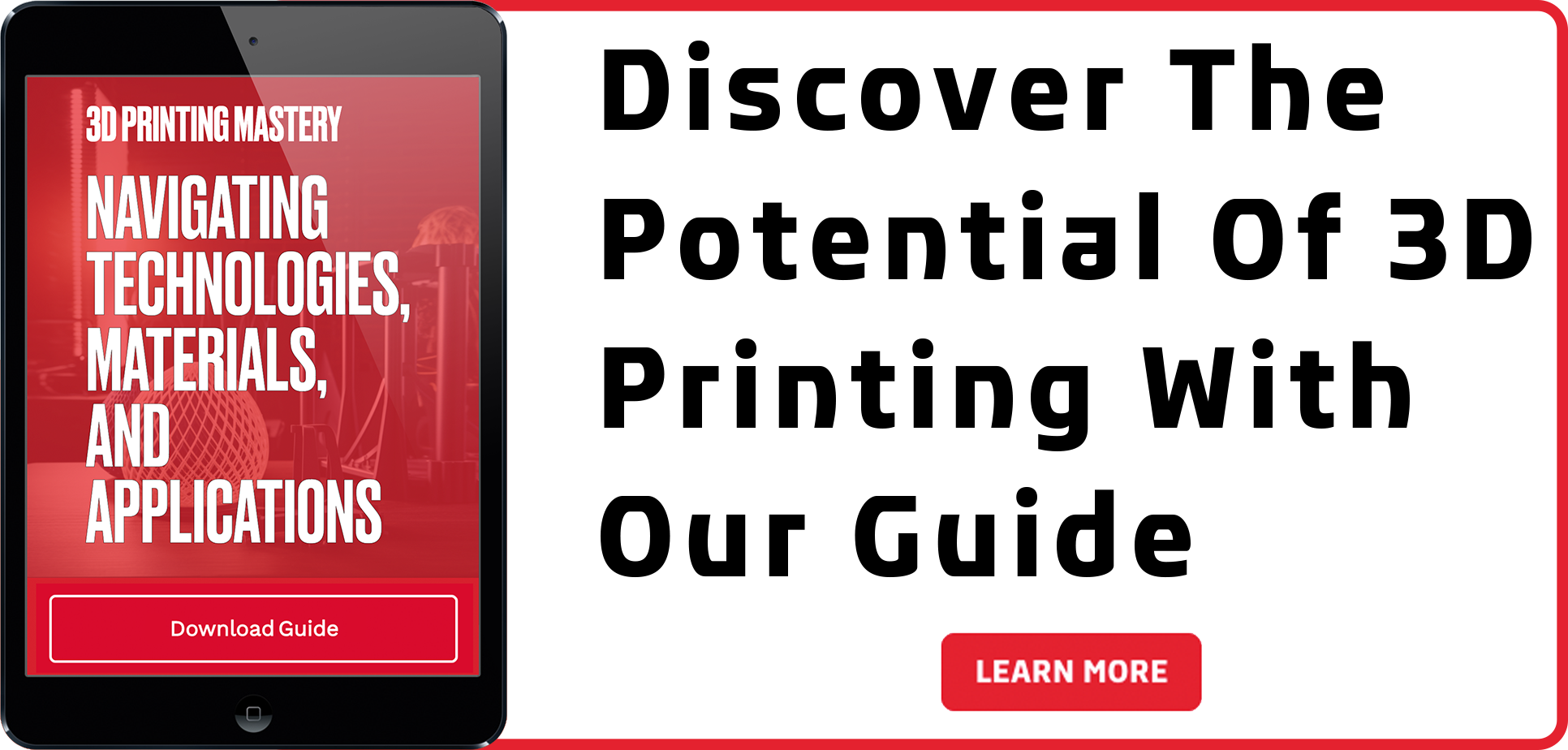How An In-House 3D Printing Service Can Accelerate Innovation
From Concept to Product
Developing a consumer product is no easy task. Businesses that take on the intimidating challenge of transforming an idea into a mass-manufactured and widely distributed item are brave and should be admired. It can take a very long time to go from an initial sketch to 3D CAD models, to prototypes, to consumer testing and manufacturing. An in-house 3D printing service can dramatically accelerate innovation in several ways. Depending on the complexity of the product, it could easily take years to bring about a new item, like headphones for example, from concept to product quickly.
Despite its challenges, consumer product companies must continue to innovate if they’re going to keep up with ever-changing consumer behaviors. Consumers are shopping online more than ever, and looking for brands or products that give them an exceptional user experience. Brands that set themselves apart can go a step beyond and offer customization on a scale previously impossible to imagine. One of the biggest ways companies innovate faster is with 3D printing.
Steps to Develop a Product
Product development is going to look different for every company, however, it can be broken down into basic steps.
- Product idea/conceptulization
- In-depth research
- Design and development
- Final design research and development
- 3D CAD models
- Prototype development
- Testing & Feedback
- Manufacturing
Steps 3-7 could theoretically be repeated over and over to really perfect a design before launching the product. Without taking the time to test and refine a product’s design, the final version may not give users the exceptional experience they’re looking for. This is where a 3D printing service makes the biggest impact.
Choosing The Right Material
One of the most critical design choices is a component’s material. The mechanical properties of an injection-molded piece of plastic vs. a bent sheet metal component will be drastically different. This is one small example of the thousands of material choices necessary to make a successful product.
What is the fastest way to get a functional component for testing? Whether it’s plastic or metal, the answer is printing your prototypes on your own 3d printer or using a 3D printing service. Plastic 3D printers are able to print in many common consumer grades like ABS and Nylon. 3D printing materials are developing at an exponential rate and bringing with them, more applications to address more challenges. Materials today have properties that incorporate Carbon Fiber for additional strength for example.
Answering some simple questions will help guide you towards the material that will best suit your application.
Q: How do I want this to look? (Think color, sheen, texture, shape)
Q: How do I want this to feel? (Think grip, ergonomics, texture, friction points)
Q: Where is it going to be used?/What environment is it going into?
Q: What do I want it to be able to do?!
Utilizing Your Own Prototyping Equipment Or Using A 3D Printing Service
Using your own equipment to make your own prototype is great but some companies may find comfort in working with partners who can print for them as a means of proving out that 3D printing will deliver on your expectations. CADimensions can turn around parts in as little as 3-days and offer many technologies and materials.
As valuable of a resource we may be, if you are able to test with in-house equipment, you’re always going to be able to move as fast as you want.
3D Printing For Form
One of the most common complaints consumer products companies give for not 3D printing in-house is “model quality” or “surface finish. If you’re developing a product, you want to work with models that look and feel like the final version, or as close as you can possibly get. The argument is valid because for so many years 3D printing technologies produced parts that were clunky and rough, but “close enough”. That technology has grown up in a big way.
FDM (fused deposition modeling) is the most common method of 3D printing being used today. It can be described as a glorified hot-glue gun controlled on 3-axis. It melts plastic wire - or ‘filament’, and draws out the cross-sections of an object to create a 3D shape. Because this technology is so widely adopted, its signature layered look has become a known characteristic of rapidly prototyped parts. If layers aren’t acceptable for the smooth form needed for a prototype part, there are other options.
Polyjet 3D printing works a lot like an inkjet printer. It distributes a liquid resin onto the build plate and cures it into either a solid or rubber-like material using UV light. Because the material starts as a liquid, it uses very thin layers that make a smooth injection-molding-like surface when the model is complete. Liquids can be blended together to create a wide array of colors. Small details like snap-fit components and hinges can be 3D printed quickly and tested.
In The End
Consumer products companies spend years developing a product before launching it. Multiple iterations of many components need to be manufactured and tested. 3D printing is able to drastically reduce the time it takes to innovate new ideas into tangible products. Consumer products companies can and should be using 3D printing to accelerate their product development.

